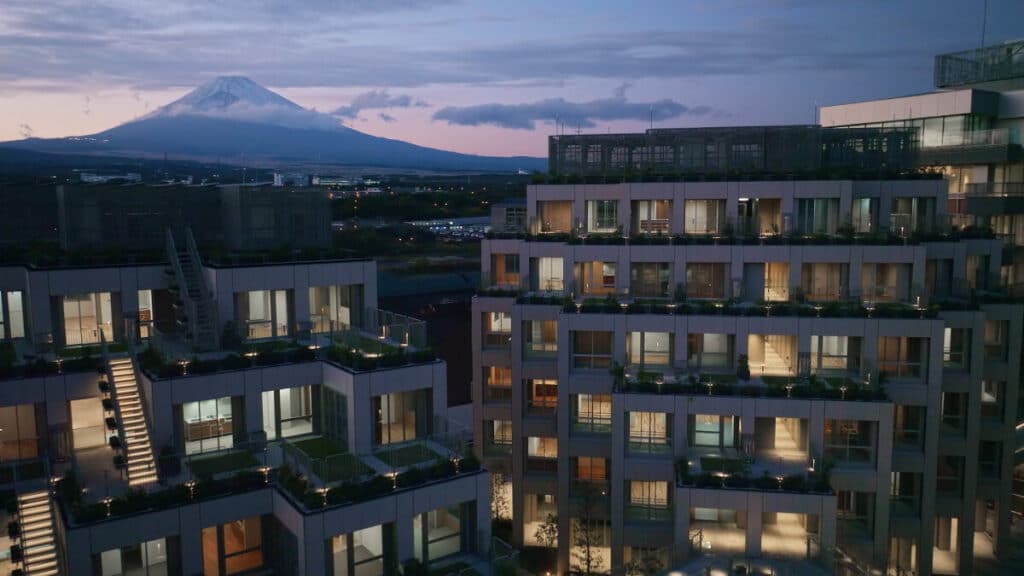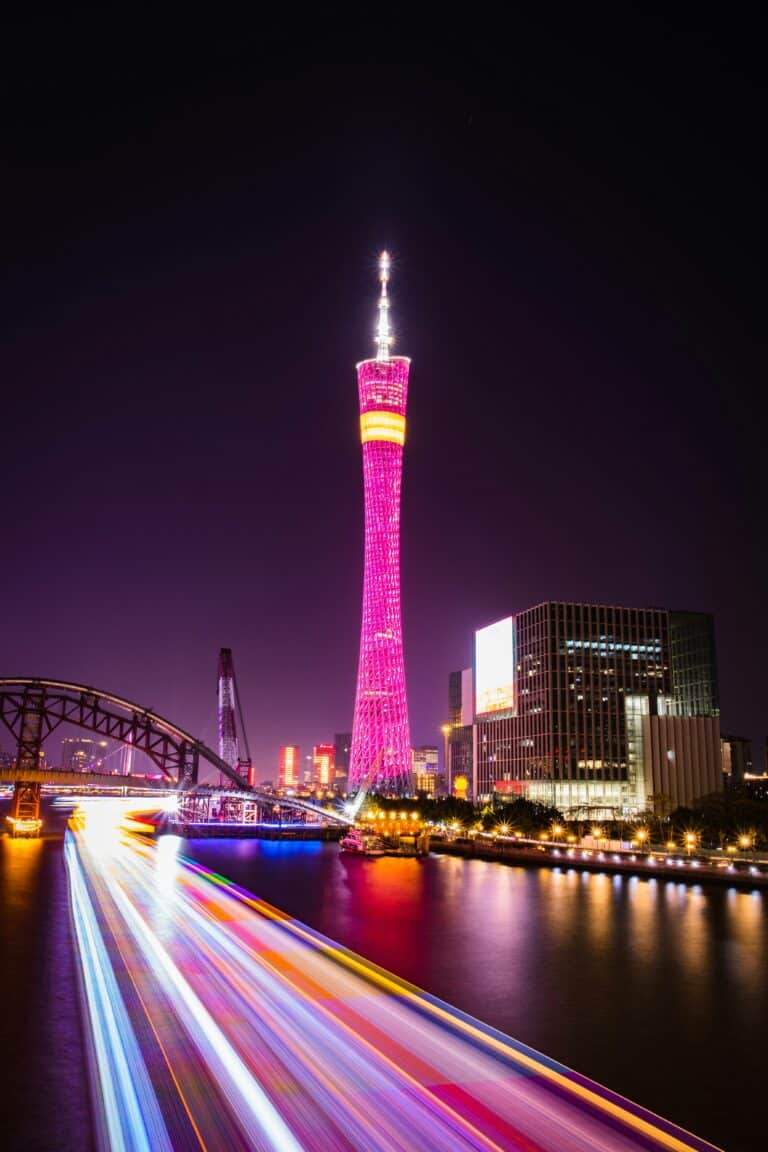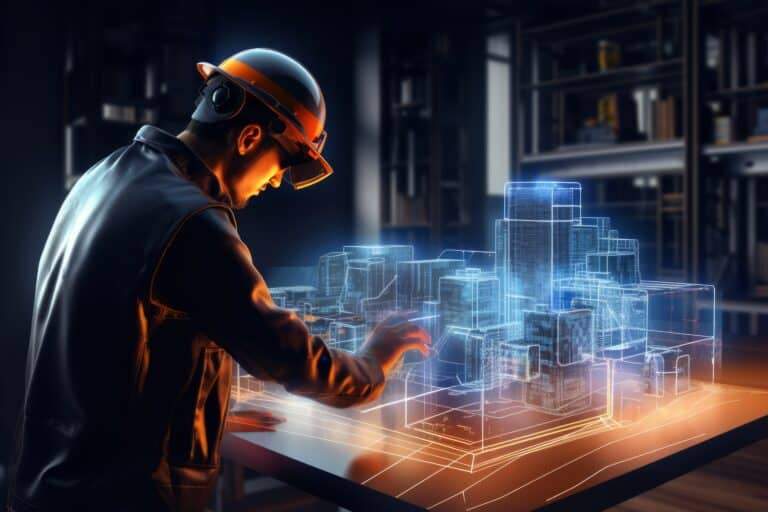Toyota Announces Phase 1 Completion of Woven City in Japan at CES 2025

Toyota has unveiled the completion of Phase 1 of its Woven City project in Japan, a futuristic urban prototype designed to test next-generation mobility and sustainability solutions. Announced at CES 2025, the Toyota Woven City Japan project aims to redefine how people, goods, energy, and information move within a connected ecosystem. This article explores the project’s vision, sustainable design, technological innovations, collaborative community model, and future expansion plans.

Vision and Goals: Beyond Automotive Innovation
The Woven City project marks Toyota’s shift from a traditional automaker to a mobility-focused entity. Launched in 2020, the initiative seeks to create a “living laboratory” where technologies like autonomous driving, hydrogen energy, and smart infrastructure are tested in real-world conditions. The Japanese city will address urban challenges such as traffic congestion, carbon emissions, and inefficient resource use, serving as a blueprint for future urban development.
Location and Design: A Model of Sustainability
Built on the former Higashi-Fuji Plant site near Mount Fuji, the Toyota Woven City Japan layout prioritizes pedestrians, vehicles, and logistics through a three-tier street system:
| Street Type | Purpose |
|---|---|
| Fast lanes | Autonomous vehicles and high-speed transport |
| Slow lanes | Pedestrians, bicycles, and micro-mobility |
| Logistics lanes | Delivery robots and underground utility networks |
Phase 1 has achieved LEED for Communities Platinum certification , Japan’s first, reflecting its use of renewable energy, recycled materials, and energy-efficient buildings in Toyota Woven City Japan.

Technology and Innovation: The Smart City Framework
The city integrates advanced systems to optimise mobility and resource management:
- Arene OS : A software platform connecting vehicles, infrastructure, and energy grids.
- Autonomous Systems : Testing of self-driving cars and delivery drones.
- Hydrogen Energy : Powering homes and vehicles via on-site hydrogen production.
- IoT Networks : Sensors monitor air quality, traffic flow, and energy consumption.
Partnerships with companies like ENEOS (hydrogen infrastructure) and NTT (data networks) enhance the Toyota Woven City Japan capabilities. Toyota also plans to support space exploration through collaborations with Interstellar Technologies on reusable rockets.
Community and Collaboration: A Hub for Co-Creation
Phase 1 will house approximately 360 residents, including Toyota employees, researchers, and innovators (“Weavers”). The city will foster collaboration through:
- Co-creation spaces : Labs and workshops for startups and universities.
- Accelerator programs : Launching in mid-2025 to attract global talent.
- Public access : Opening to visitors and researchers by 2026.
Future phases will expand the population to 2,000 and add residential, commercial, and research facilities. The Toyota Woven City Japan is expected to lead by example.

Future Plans: Scaling the Vision
Key upcoming developments include:
- Industrial reuse : Converting parts of the Higashi-Fuji Plant into advanced manufacturing hubs.
- Space tech integration : Testing rocket production and satellite systems.
- Public engagement : Hosting global events and educational programs post-2026.
Data from Phase 1 will refine subsequent phases, ensuring scalability and adaptability.
Frequently Asked Questions (FAQ)
Q: What is the primary purpose of Woven City?
A: To serve as a testbed for future mobility, sustainability, and smart city technologies.
Q: When will the city open to the public?
A: Public access begins in 2026, with full completion of Toyota Woven City Japan expected by 2030.
Q: How can external innovators participate?
A: Through Toyota’s 2025 accelerator program and research partnerships.

Summary Table
| Aspect | Details |
|---|---|
| Location | Former Higashi-Fuji Plant, Mount Fuji, Japan |
| Energy | Hydrogen-powered, LEED Platinum-certified |
| Technology | Autonomous systems, IoT, Arene OS platform |
| Population | 360 in Phase 1, expanding to 2,000 |
| Key Partners | ENEOS, NTT, Interstellar Technologies |
Toyota’s Woven City represents a bold step toward reimagining urban life. By blending cutting-edge technology with sustainability and collaboration, the Toyota Woven City Japan project aims to set a new standard for cities of the future.







